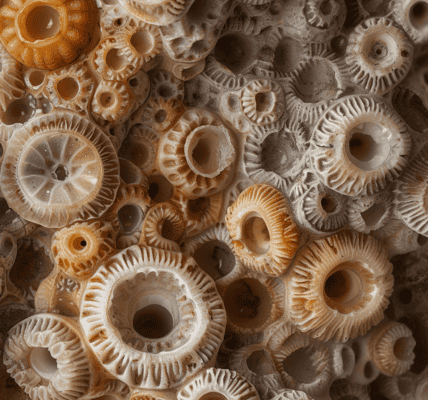Researchers have made a groundbreaking discovery in the realm of astrophysics, uncovering a rare dust particle within a meteorite that challenges existing models. This unique particle, analyzed using advanced atom probe tomography, exhibited an unprecedented magnesium isotopic ratio, indicating its origin from a hydrogen-burning supernova distinct from our sun.
The find, led by Dr. Nicole Nevill during her doctoral research at Curtin University and now in collaboration with NASA’s Johnson Space Center, sheds light on the cosmic events and star formation processes. The identification of this particle, a presolar grain, within the meteorite offers a glimpse into the history of stars predating our solar system.
Meteorites, typically composed of solar system materials, can harbor these ancient particles that provide insights into the composition of distant stars. Dr. Nevill’s use of atom probe tomography allowed for a detailed atomic-scale analysis, revealing the distinct magnesium isotopic ratio of the particle.
According to Dr. Nevill, these presolar grains serve as celestial time capsules, offering a glimpse into the past of their parent stars. The magnesium isotopic ratio of the analyzed particle, significantly higher than any previously recorded, points to its formation in a newly identified type of hydrogen-burning supernova.
This discovery not only expands our understanding of stellar evolution but also underscores the significance of innovative analytical techniques in unraveling the mysteries of the universe.





